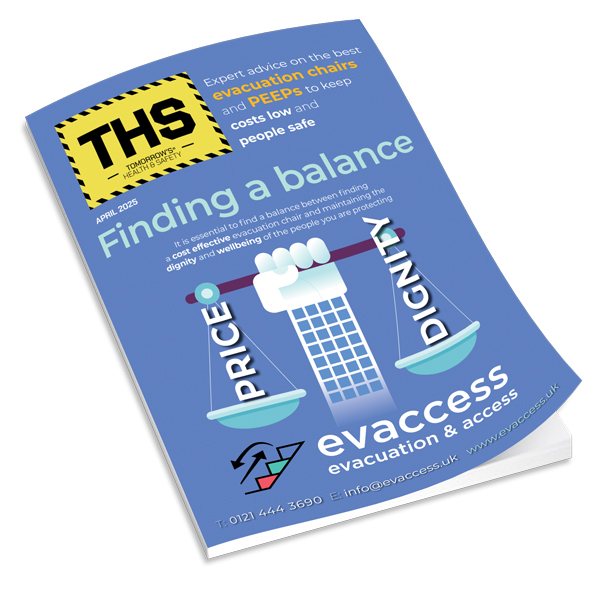Preparing an office for safe re-occupation is about much more than turning on the lights. Once it is agreed who will be working and when, there needs to be a thorough re-evaluation of air conditioning and ventilation systems, according to the Chartered Institution of Building Services Engineers (CIBSE).
The Institution, whose membership includes the UKs leading experts on ventilation and air quality in buildings, has produced a series of guides for businesses looking to understand how their workspaces can be re-populated while minimising risk to their staff.
Cleaning regimes are an obvious and visible place to start, as contact with contaminated surfaces is a primary source of virus transmission. Touchpoints such as door handles, lift buttons, or the office kettle need careful consideration. Hot-desking and the sharing of office equipment should be avoided.
However, it is also believed that airborne transmission is another possibility, so the ventilation strategy of all shared spaces needs review.
CIBSE’s advice is basically to increase ventilation as much as possible, increasing the flow of outside air and preventing any pockets of stagnant air. Recirculation of air within buildings should be avoided to reduce the risk of transmission, which may also lead to an increase in energy bills.Calculating the appropriate volume of outside air, and reconfiguring existing air handling systems to provide it, needs expertise, and CIBSE’s engineers are reporting that their skills are suddenly very much in demand.
There are a whole series of other checks that need to be carried out. Water systems will need flushing and lifts and escalators that have been idle for several weeks may need inspection and safety testing before use. Emergency systems need to be checked and new regimes established for working and recreational spaces. CIBSE’s guidance covers these considerations as well.
To read the latest guidance click here.






















